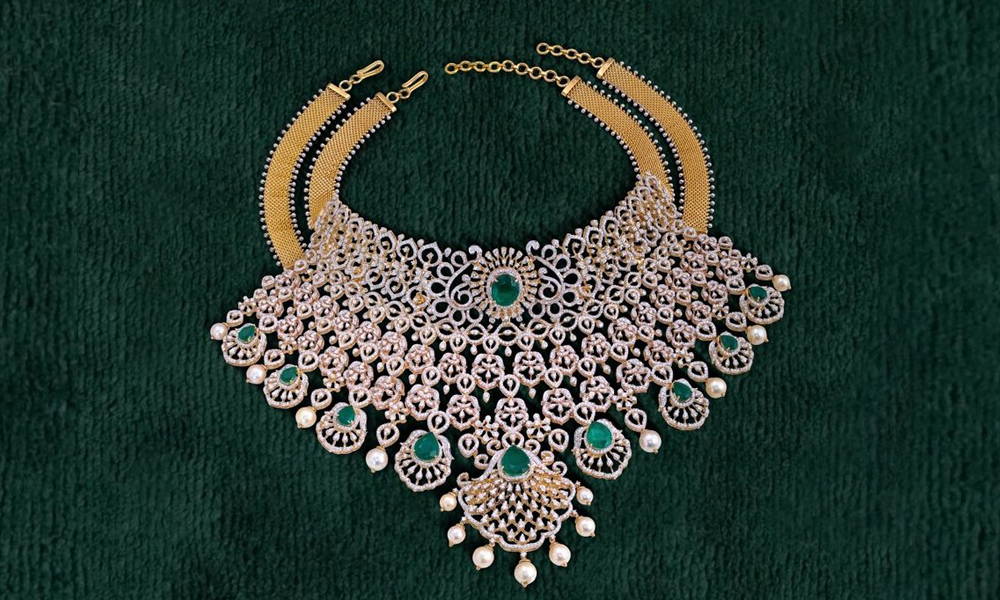Diamonds have long been loved for their brilliance, rarity, and symbolism. Traditionally, natural diamonds — fashioned deep in the Earth over billions of years — were the only option for those in search of this valuable gemstone. However, technological improvements have introduced an alternative: lab grown diamond vs real diamond. While visually and chemically similar to their natural counterparts, lab created diamonds are reshaping the jewelry market and sparking debate among consumers and gemologists alike.
In this article, we’ll explore the differences between lab grown diamonds and real diamonds, shedding light on their origins, properties, pricing, ethical issues, and long-term value. Whether you’re searching for an engagement ring or simply curious about the evolution of diamonds, this guide will help you make an informed choice.
What Are Lab Grown Diamonds?
Lab grown diamonds, also referred to as synthetic or man made diamonds, are created in controlled laboratory environments using advanced technology that replicates the natural diamond formation process. There are two primary techniques used:
High Pressure High Temperature (HPHT)
This technique mimics the intense conditions under which natural diamonds form.
Chemical Vapor Deposition (CVD)
A more modern method that grows diamonds from carbon-rich gases in a vacuum chamber.
The result? A gemstone that is physically, chemically, and optically identical to a mined diamond. To the naked eye, and even under a microscope, lab created diamonds are virtually indistinguishable from natural ones.
Natural Diamonds: A Geological Marvel
Natural diamonds are formed over 1 to 3 billion years under extreme heat and pressure deep beneath the Earth’s surface. Volcanic eruptions then push these gems toward the surface, where they are mined from kimberlite pipes or alluvial deposits.
Their formation timeline, coupled with their rarity and the labor-intensive mining process, contributes to the high value placed on natural diamonds. Each stone carries a geological story that spans eons, which appeals to many traditional buyers and collectors.
Comparing Lab Grown Diamond vs Real Diamond: Key Differences
While man made and natural diamonds are visually and structurally the same, several factors differentiate them:
Origin and Environmental Impact
Natural Diamonds
Mining operations can have significant ecological effects, including habitat destruction, carbon emissions, and water pollution. While some companies follow sustainable mining practices, the overall environmental footprint remains a concern.
Lab Grown Diamonds
These diamonds require substantially less energy and water. When powered by renewable energy, lab-created stones offer a more eco-conscious alternative, appealing to environmentally aware consumers.
Ethical Considerations
Conflict-Free Concerns
Traditional diamonds have historically been linked to “blood diamonds” or stones mined in conflict zones to finance war. Though certification programs like the Kimberley Process aim to address this, concerns still exist.
Lab Diamonds
Since they are produced in controlled environments, man made diamonds are guaranteed conflict-free, making them a popular choice among ethically minded consumers.
Pricing and Affordability
Natural Diamonds
Due to their rarity and the cost of mining, natural diamonds are significantly more expensive — often 30–50% more than their lab-grown counterparts of similar quality.
Lab Grown Diamonds
These offer a more budget-friendly alternative without compromising on brilliance or quality. This affordability makes larger carat sizes more accessible to the average buyer.
Resale and Long-Term Value
Natural Diamonds
These have historically maintained higher resale value. They are often viewed as an investment due to their finite supply and market demand.
Lab Diamonds
While prices have stabilized in recent years, resale value for lab grown diamonds tends to be lower. Their increasing availability may impact future demand and pricing trends.
Are Lab Grown Diamonds a Good Choice?
It depends on what you value most. If you’re seeking a brilliant, affordable, and ethically sourced gemstone, a lab grown diamond is a compelling choice. For those drawn to rarity, tradition, and potential long-term investment, a natural diamond may hold more appeal.
Summary Comparison
| Feature | Natural Diamond | Lab Grown Diamond |
|---|---|---|
| Origin | Earth-formed over billions of years | Grown in labs within weeks |
| Price | Higher | Lower (30–50% less) |
| Appearance | Identical to lab diamonds | Identical to natural diamonds |
| Ethics | May involve conflict and environmental issues | Conflict-free and eco-friendlier |
| Resale Value | Generally higher | Lower, still a developing market |
| Certification | GIA, AGS | IGI, GIA (increasingly common) |
Certification and Grading: What to Look For
Whether you choose a mined or lab-created diamond, always request certification. Reputable institutions like the Gemological Institute of America (GIA) and the International Gemological Institute (IGI) provide grading reports that detail the diamond’s 4Cs — cut, color, clarity, and carat weight — along with its origin.
This is especially important with lab grown diamonds, as grading transparency ensures you know exactly what you’re purchasing.
The Evolving Jewelry Market
The growing acceptance of man made diamonds is reshaping the jewelry industry. Major retailers like De Beers, Pandora, and even luxury designers now offer lab grown diamond collections, reflecting shifting consumer values.
Younger buyers, especially millennials and Gen Z, are driving this trend. Their focus on sustainability, social impact, and value for money is pushing retailers to diversify their offerings. The debate around lab grown diamond vs real diamond is less about quality and more about personal priorities.
Final Thoughts
The choice between lab grown diamonds and real diamonds ultimately comes down to what matters most to you: tradition or innovation, rarity or responsibility, investment or affordability.
Both options offer brilliance, durability, and timeless beauty. Whether you choose a naturally formed gem or a technologically advanced marvel, your diamond can still symbolize love, commitment, and personal expression.
If you’re buying for a special occasion — such as an engagement — consider what best aligns with your values, lifestyle, and budget. And remember: a diamond’s true worth isn’t just in its origin, but in the meaning you give it.









